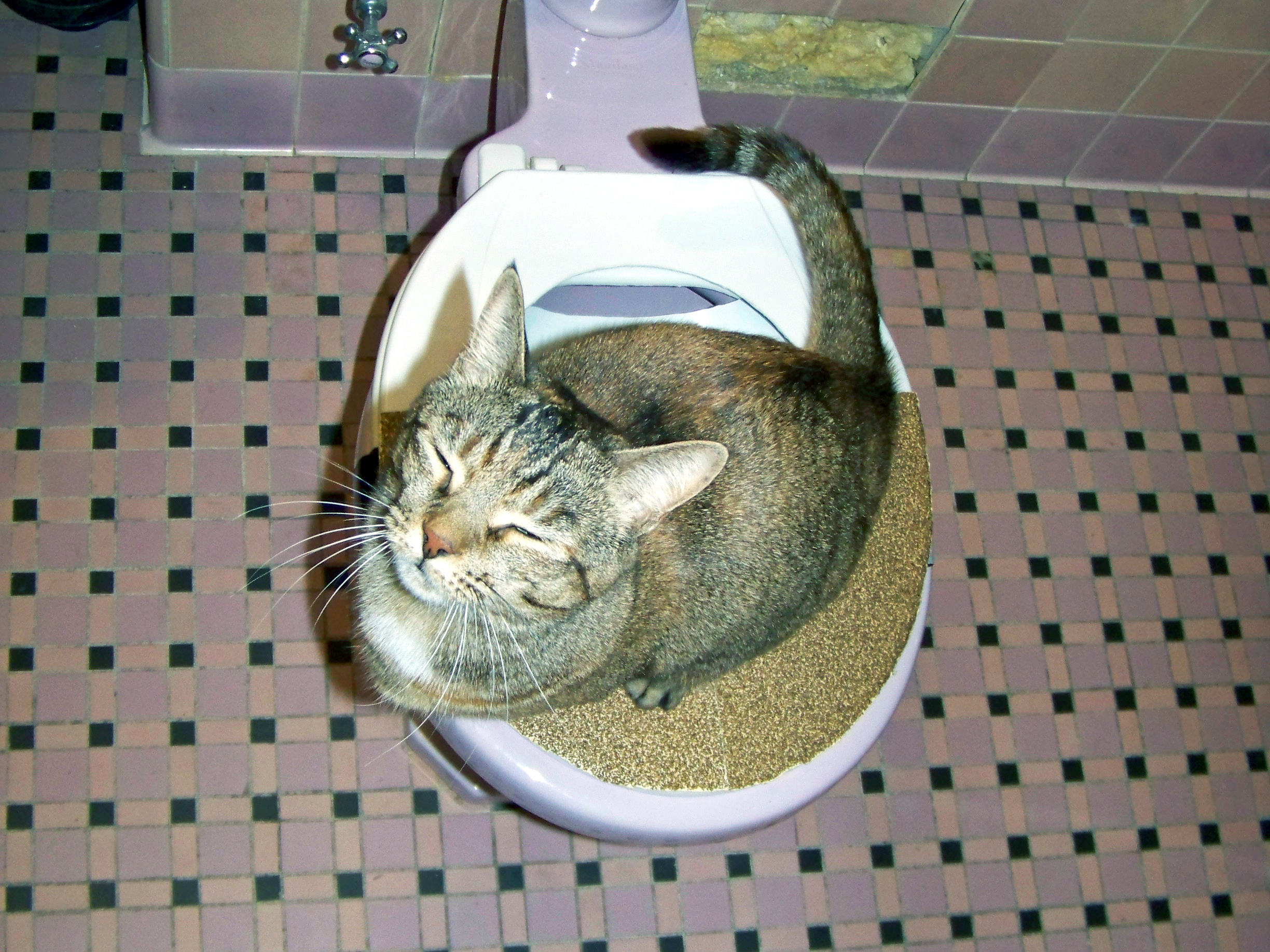Never Flush Cat Poop Down Your Toilet - Safeguard Your Plumbing Infrastructure
Never Flush Cat Poop Down Your Toilet - Safeguard Your Plumbing Infrastructure
Blog Article
We've come across this great article relating to How to Dispose of Cat Poop and Litter Without Plastic Bags directly below on the web and reckoned it made good sense to write about it with you in this article.
:max_bytes(150000):strip_icc()/0S1A1090-49a8e2c66f8e41d6901f2559787a7f24.jpg)
Introduction
As feline owners, it's necessary to be mindful of exactly how we throw away our feline friends' waste. While it may seem hassle-free to flush feline poop down the commode, this method can have detrimental repercussions for both the environment and human wellness.
Alternatives to Flushing
The good news is, there are much safer and a lot more liable methods to deal with pet cat poop. Consider the following choices:
1. Scoop and Dispose in Trash
One of the most usual technique of dealing with cat poop is to scoop it into an eco-friendly bag and throw it in the trash. Be sure to use a devoted litter inside story and throw away the waste immediately.
2. Usage Biodegradable Litter
Select eco-friendly cat litter made from materials such as corn or wheat. These clutters are eco-friendly and can be safely disposed of in the trash.
3. Bury in the Yard
If you have a backyard, think about hiding cat waste in an assigned area away from veggie yards and water resources. Be sure to dig deep sufficient to stop contamination of groundwater.
4. Set Up a Pet Waste Disposal System
Purchase a family pet garbage disposal system specifically designed for feline waste. These systems utilize enzymes to break down the waste, minimizing odor and environmental effect.
Wellness Risks
In addition to ecological problems, purging cat waste can likewise posture health and wellness risks to humans. Feline feces might have Toxoplasma gondii, a bloodsucker that can cause toxoplasmosis-- a possibly extreme disease, especially for expectant females and individuals with weakened immune systems.
Environmental Impact
Flushing feline poop presents harmful virus and parasites right into the supply of water, presenting a considerable risk to aquatic environments. These contaminants can negatively affect marine life and compromise water quality.
Conclusion
Liable pet possession expands past giving food and sanctuary-- it likewise includes proper waste administration. By refraining from purging pet cat poop down the toilet and going with alternative disposal methods, we can decrease our ecological footprint and safeguard human health.
Why Can’t I Flush Cat Poop?
It Spreads a Parasite
Cats are frequently infected with a parasite called toxoplasma gondii. The parasite causes an infection called toxoplasmosis. It is usually harmless to cats. The parasite only uses cat poop as a host for its eggs. Otherwise, the cat’s immune system usually keeps the infection at low enough levels to maintain its own health. But it does not stop the develop of eggs. These eggs are tiny and surprisingly tough. They may survive for a year before they begin to grow. But that’s the problem.
Our wastewater system is not designed to deal with toxoplasmosis eggs. Instead, most eggs will flush from your toilet into sewers and wastewater management plants. After the sewage is treated for many other harmful things in it, it is typically released into local rivers, lakes, or oceans. Here, the toxoplasmosis eggs can find new hosts, including starfish, crabs, otters, and many other wildlife. For many, this is a significant risk to their health. Toxoplasmosis can also end up infecting water sources that are important for agriculture, which means our deer, pigs, and sheep can get infected too.
Is There Risk to Humans?
There can be a risk to human life from flushing cat poop down the toilet. If you do so, the parasites from your cat’s poop can end up in shellfish, game animals, or livestock. If this meat is then served raw or undercooked, the people who eat it can get sick.
In fact, according to the CDC, 40 million people in the United States are infected with toxoplasma gondii. They get it from exposure to infected seafood, or from some kind of cat poop contamination, like drinking from a stream that is contaminated or touching anything that has come into contact with cat poop. That includes just cleaning a cat litter box.
Most people who get infected with these parasites will not develop any symptoms. However, for pregnant women or for those with compromised immune systems, the parasite can cause severe health problems.
How to Handle Cat Poop
The best way to handle cat poop is actually to clean the box more often. The eggs that the parasite sheds will not become active until one to five days after the cat poops. That means that if you clean daily, you’re much less likely to come into direct contact with infectious eggs.
That said, always dispose of cat poop in the garbage and not down the toilet. Wash your hands before and after you clean the litter box, and bring the bag of poop right outside to your garbage bins.
https://trenchlesssolutionsusa.com/why-cant-i-flush-cat-poop/

As a keen person who reads on How to Dispose of Cat Poop and Litter Without Plastic Bags, I think sharing that blog post was really helpful. Appreciated our posting? Please share it. Let other people discover it. Thanks a lot for taking the time to read it.
Need Help? Hire Us Now! Report this page